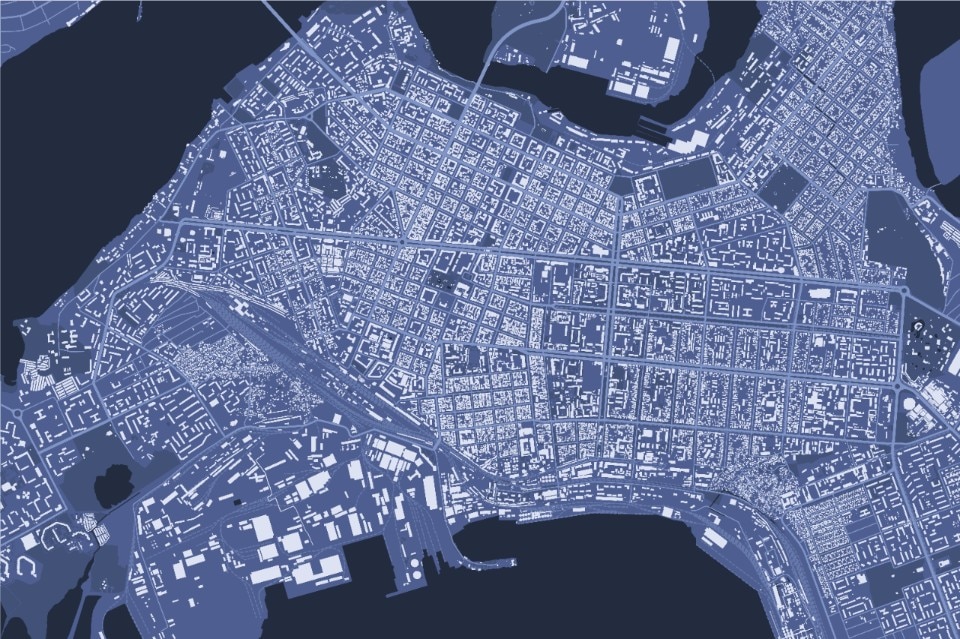After a year of preparatory work, analysis and meetings with all the stakeholders involved (Ukrainian, Italian, international), the first phase of realisation of the Mykolaiv Reconstruction-Regeneration Masterplan has been completed. This is the project promoted by UNECE, which chose One Works as the leader of the group of companies and research organisations called upon to define the new urban vision of the Ukrainian city. This was an indispensable and strategic phase, necessary to collect and analyse basic information on the physical, social and economic context of the city, which is in constant transformation due to the continuing conflict, and to share the common objectives defined with a participative approach between institutions and the population. The results of this work represent the basis for the team of local and international experts to develop, within the next year, the actual master plan that will guide the reconstruction of Mykolaiv over the coming decades.
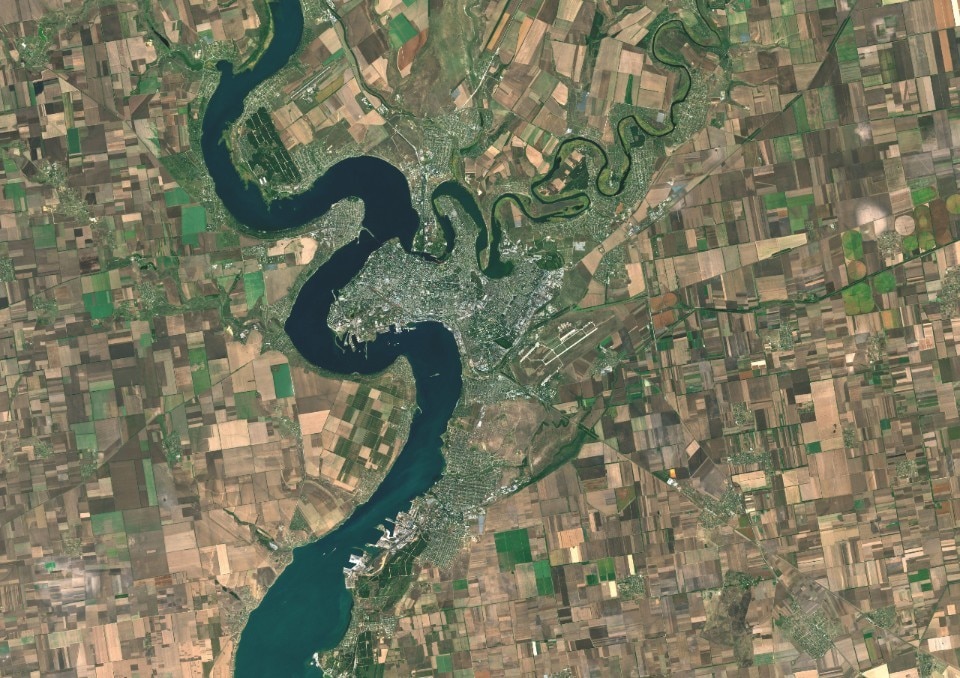
Following the conclusion of the first phase of the work, made possible thanks to the pro bono involvement of the initial group of partners, the second phase of the master plan development will require sufficient financial resources to cover the entire project needs. The raised funds will also support the design development of pilot interventions that have already been identified, aligning with the methodology proposed by the Norman Foster Foundation for ‘UN4- the ground-up design solutions in specific areas, fostering a virtuous learning process that can be extended to the entire city, expediting its reconstruction. The project, presented at the Conference for the Reconstruction of Ukraine held in Rome on 26 April, is one of the initiatives supported by the Italian Government through the Ukrainian Reconstruction and Resilience Task Force established at the Ministry of Foreign Affairs and International Cooperation.
Damage Assessment
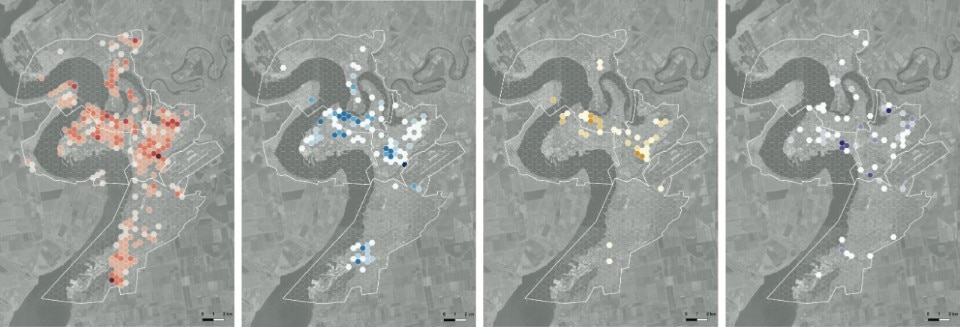
Measurement of the damage caused by the conflict, carried out while the conflict is still in progress, is one of the fundamental and most complex elements of the preparatory analysis process for the master plan. Compared to an urban fabric with a very high density of built-up areas (typical of Soviet-style urbanisations), objects that are deeemed too damaged for refurbishment will be demolished, generating vacant plots in which new services could be introduced to re-balance land use in an attempt to step away from monofunctional zoning.
A vision for the future: reconnecting the city with the rivers
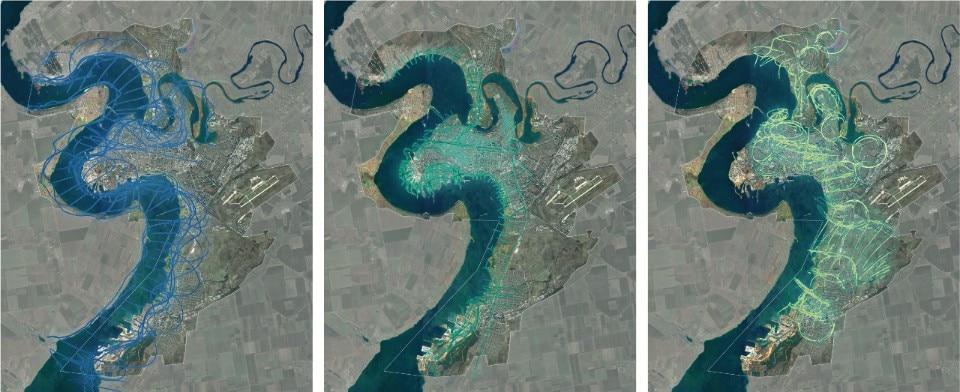
The analysis of the landscape and urban and suburban green strategies represent a crucial element in the work of redesigning not only the spaces, but also the city’s true vocation. Landscape consulting company, LAND - under the coordination of Andreas Kipar and his team of experts - collaborated with One Works in the preparatory phase of the master plan, working on the natural elements capable of defining a new vision. Firstly, enhancing the rivers and the “blue network,” which is a strong point of the city. Then, redefining the natural elements, such as parks and urban forests, and redesigning road axes to create ‘green corridors,’ to enhance the city’s liveability and helps reduce its heat footprint.
Urban mobility model: a walkable city
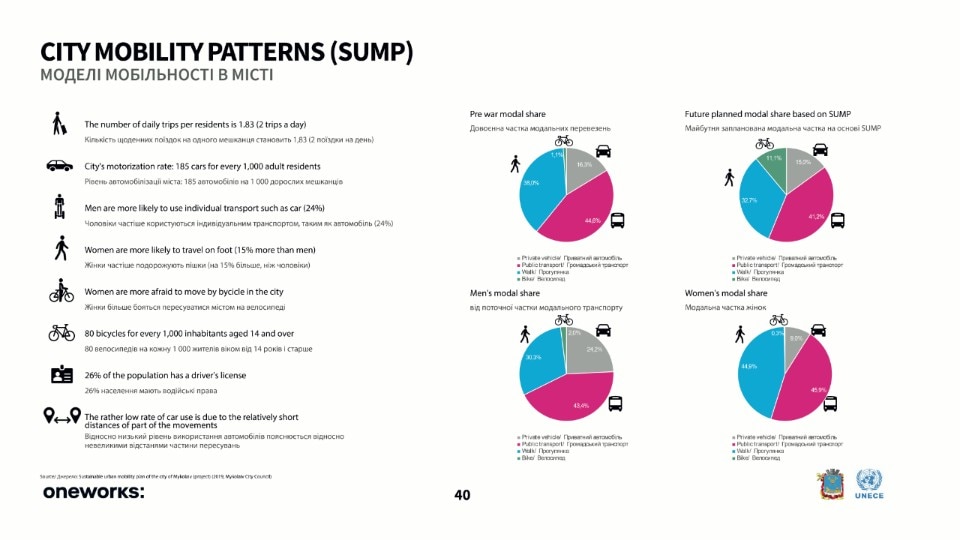
An in-depth analysis prior to the master plan development was carried out by Systematica, in cooperation with One Works, on the current condition and possible developments of the mobility infrastructure network, both at the macro level and at the intra-urban level (Mykolaiv is not a ‘car-oriented’ city: only 15 per cent of the city’s modal share is private cars). A comprehensive rethinking of both the access points to the city (bridges over rivers) and the structure of the urban road network (e.g. by providing safe spaces for pedestrians and cyclists, and reserved lanes for public transport) can give the city an advantage on the sustainable mobility front.
The full version of this article is published in issue 9 of Domus Air


